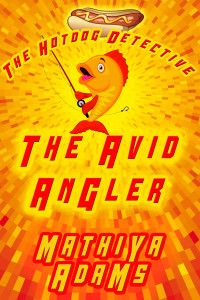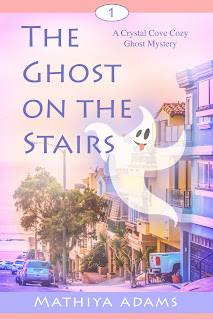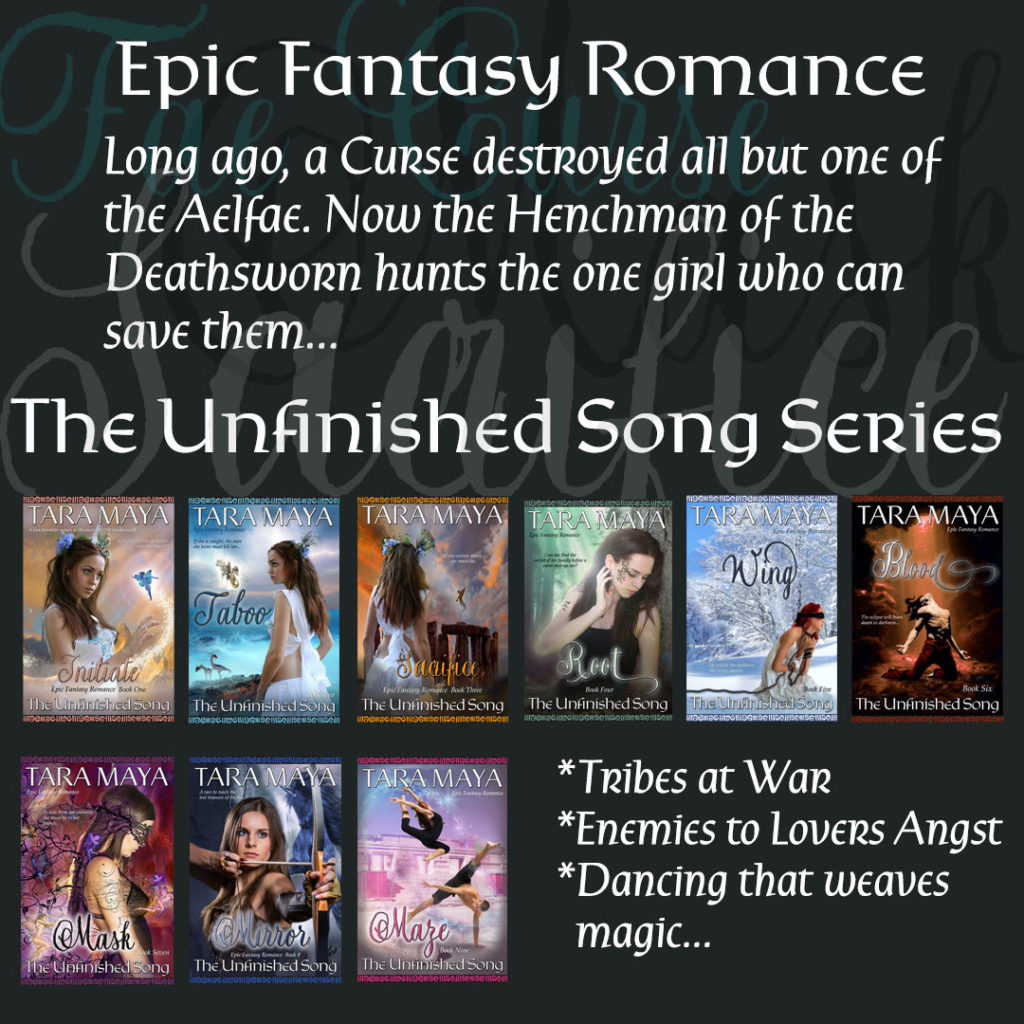In this day and age, writers who write one book, unless they are spectacularly talented and supremely lucky, are going to be lost in the winds of time. There is an immense amount of competition to the written word: cinema, regular TV networks, streaming TV networks, YouTube, TicTok, to name just a few. Within the written media, there are printed books, electronic books, graphic novels, comics and a host of other written and visual media.
And within the written word media, there are thousands, maybe millions of competitors out there who are all vying for the same reader you’re targeting.
How do you complete with just one book?
The obvious answer is, you can’t.
In order to succeed these days, you need a brand. You’ve actually seen this many times. Every TV series is, in effect, a brand. The logo, title screen, and even the way the program starts is all structured to create a brand that is easily identifiable by fans in the marketplace. Writers try to do the same thing, with covers that are similar from one book to another. In my two series of books, I have two brands: The Hot Dog Detective and the Crystal Cove Cozy Mysteries.
Having a brand is great, but to make a brand work, you need products. And this is where a series of books becomes crucial.
How many books can or should be in a series? There is no absolute answer. I have seen many successful authors who have collections of series, and each series contains only three, four, or five books. I followed one of my favorite authors, Sue Grafton, when I created my series. But I needed 27 books in my series, not just the 26 of the alphabet. The reason for this is a pricing decision I made. I bundle all of my books into trilogies, and then sell a trilogy for the same price as two separate books. (This obviously gives the reader a 33% discount.) Janet Evanovich, however uses a simpler method to create both a brand and a series. She includes a number in the title. This permits her to have as many books in her series as she wishes (she is currently up to 29).
Simply having a large number of books, however, isn’t enough. The stories within the series need to be tied together, so that each individual story can stand alone, yet be part of an integrated package. The way I’ve seen this done is through several simple conventions that you can adopt as an author. These conventions are:
Genre
Fortunately, almost every genre supports long series of related stories. With some genres, you might have to employ over-arching plot lines to tie all the stories together. In my Hot Dog Detective series, I use the long-term romance between MacFarland and Pierson to tie all the stories together. In the Harry Potter series, the links that tie all the novels together are Harry’s attendance at Hogwarts and the resolution of mystery surrounding Voldemort.
Characters
Most successful series of books are built around specific remarkable characters. For example, Michael Connelly has built a successful series of police detective stories around the troubled personality of Harry Bosch. George MacDonald Fraser has created a roguish character named Flashman who has a wide range of adventures around the globe during the height of British Imperial expansion.
Building a series around a memorable character ensure reader loyalty, almost regardless of the plotline of the story itself. Seeing how the main character resolves the conflicts draws the reader into book after book.
Major Character in a Repeatable Set of Circumstances
While this convention is very similar to the Character convention, the focus for these types of series is the repeatable set of circumstances. My favorite examples of this type of series are the stories of Stefanie Plum by Janet Evanovich and the stories that feature Kinsey Millhone by Sue Grafton. In these stories, the focus is on the mystery, but the thread that ties the stories together is the detective solving the mystery.
Large Cast of Characters with Many Intertwining Plots
A great way to write a series of stories is to do what Tara Maya has done in her Arcana Glen paranormal romance series. In this series, each book focuses on two different main characters. The common bond between these characters is that they are all Guardians, members of the Major Arcana of the Tarot. Another thread that binds the novels is that each book brings the reader one step closer to solving the over-arching mystery of the series: who killed the original group of Guardians?
Building a series around a large cast of characters allows you as the author to create one unique story after another. And for the reader, the structure allows the reader to read a large number of stories and never get bored with a similar plot structure. Everyone wins!
Location
Craig Johnson bases his Sheriff Walt Longmire series in Wyoming, and he does a good job of bringing locale into the essence of the story. When you can combine both character and location into your series, you have the potential for a wonderful series. Even those of us who live in Colorado come to love Wyoming!
Period
A very successful way of building a series is to base it in a highly specific time period. The advantage of this is that devotees of historically-based stories are very loyal readers. They will devour everything you write. But there are some potential pitfalls. You need to do your research. Historical buffs are really particular about you getting your facts right.
One of the best period series I have read is the Angélique series by Sergeanne Golon, which is set in Seventeenth Century France (and a host of other locations!). Another favorite series that is based on a remarkable period in history is the Aubrey-Maturin series by Patrick O’Brian. Not only is this series set in the Early Nineteenth Century around the time of the world war between England and Napoleon’ France, but it is set on a sailing ship. Writing a series like this is wonderful; reading the series is even better.
An Epic Tale with Discernable Plot Divisions
Perhaps the best basis for a series of books is an epic tale with discernable plot divisions. Many epic fantasies follow this format. I have three major examples of this type of series.
The first series is the Harry Potter stories by J. K. Rowland. Built around the growth and maturation of a young wizard, the story follows his life and his growing involvement with magic and sorcery. The second series is the Lord of the Rings saga by J. R. R. Tolkien. And finally the third series is The Unfinished Song by Tara Maya, which follows the adventures of a stone-age heroine at the end of the age of magic.
Remember…the secret to selling books in the internet age is to sell a series of books. So if you have a series in you, get busy and start working on it. The reading public will thank you for your efforts.



